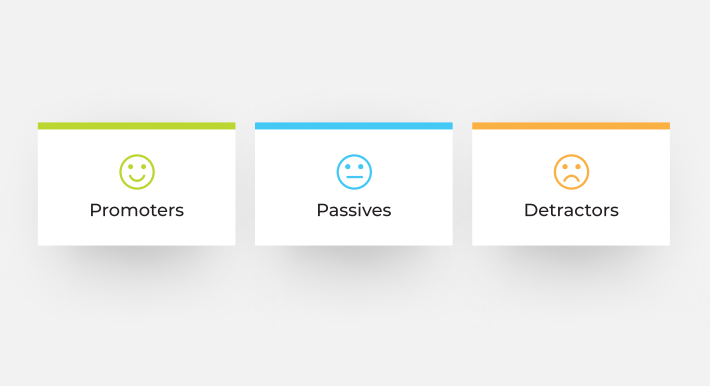You’re in a shop and you experience some brilliant customer service; the staff go above and beyond to help you. When you leave the store, what do you do? You might walk away satisfied – you may make a repeat purchase or even tell one or more of your friends about the experience, but it’s unlikely you’ll let the company know what a great job they did.
If you’ve had a bad experience? That’s another story. 96% of people who have had a bad experience are don’t tell the company and research suggests they tell up to 8 or more people about it – friends, family, but not the company in question. Social media can make that number hundreds or even thousands!
When businesses are used to only hearing that negative feedback, it’s understandable that opening the door to feedback can be a daunting prospect. So if your experience is that customers are more likely to complain than compliment, then it is understandable that you would question why you would even ask for feedback?

Trust is the name of the game
Asking for feedback can make a customer feel like their opinion is valuable; it shows that you’re interested in knowing what they think. It can also improve customer retention, with customers more likely to give your business a second chance if they’ve had a bad experience but feel like their feedback will be listened to. What’s more, feedback can also build trust between a business and its staff – after all, when staff know that customers are providing feedback their performance, they tend to perform better.
Good news, it’s not all negative!
It’s unusual for a customer to actively provide positive feedback – instead, all we hear are the complaints. But opening yourself up to any feedback is a pretty easy way to get positive feedback – after all, if you have a business that is doing OK or even has room for improvement, it is reasonable to assume many of your customers would be happy! If not wouldn’t it be better to know.
"Getting feedback from a range of customers in higher numbers is what reduces your
margin of error, allowing you to gather accurate insights from the results."
Time for some accuracy
Just leaving it up to customers to give you feedback on their own won’t get you the information needed to accurately judge trends. When you consider that people are more likely to give you positive feedback if you ask for it, then it follows that the feedback you’ll gather is likely to be less biased as well. Getting feedback from a range of customers in higher numbers is what reduces your margin of error, allowing you to gather accurate insights from the results. With this level of accuracy, you’re well-equipped to determine where to focus your attention in the business.
Discovery and improvement
Asking for feedback can help you identify the feedback outliers. These are the pieces of feedback which could provide valuable insight into the workings of the company that you might otherwise have missed. Or, they could be unusually negative responses that are more a reflection of the individual customer than of your company yet, if they were received by themselves, would likely de-motivate staff or be taken out of proportion. By receiving these as part of the bigger picture, you’re able to take notice, making sure all the t’s are crossed and i’s are dotted – without negative feedback bringing down your team’s morale.
Turn a negative into a positive
You shouldn’t be scared to hear negative feedback. This offers you a chance to improve on what you’re currently offering and highlights the areas you need to improve. The earlier you’re able to collect customer feedback, the better. If you are receiving negative customer feedback, it’s worth getting in contact and asking questions to understand the situation better and subsequently do something about it. This is one of the best ways to convert a negative experience to a positive experience.
All in all, asking for feedback isn’t opening the door to negativity; instead it’s opening the door to improving your business. It can provide you a real-time, accurate pulse on what is happening in your business and can provide another touch point to improve customer engagement. If you’d like to explore how to open the doorway to both positive and negative feedback, then it could be time get in touch with Customer Radar and try it for your company.
Contact us to find our more.
You can read more of Mat's articles by clicking here.







